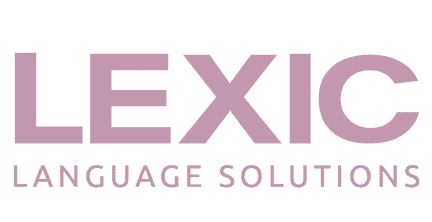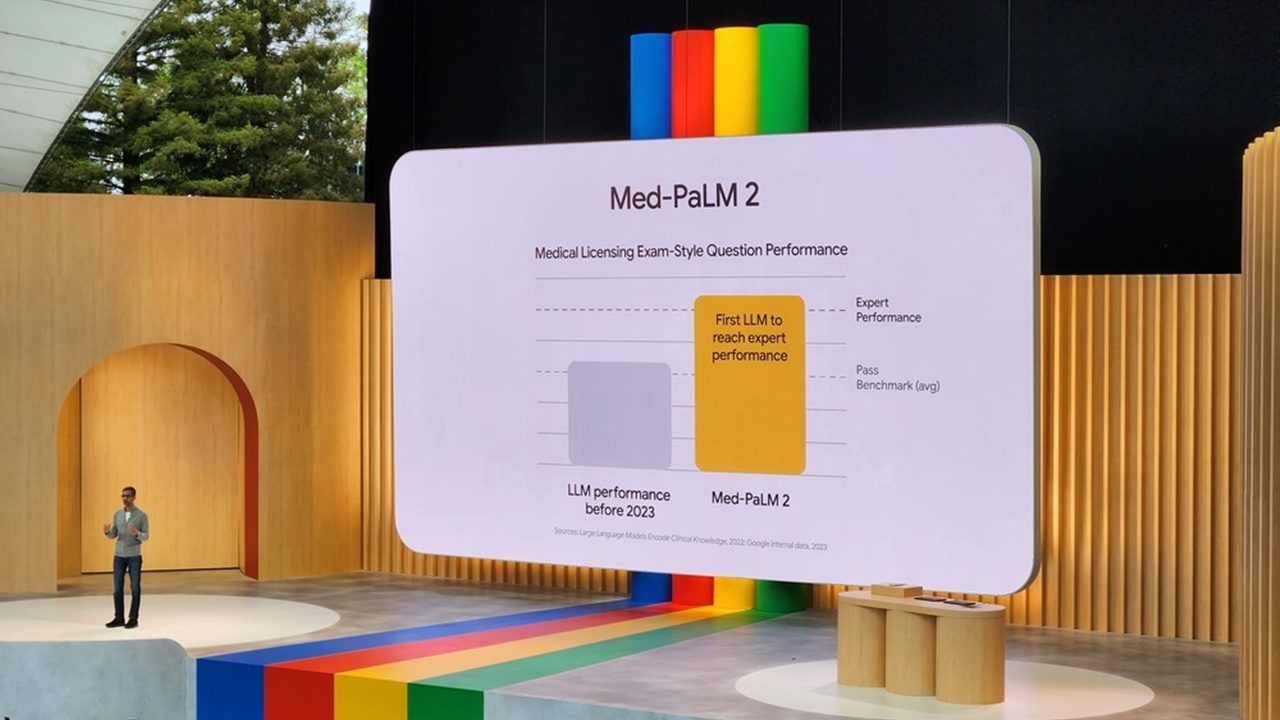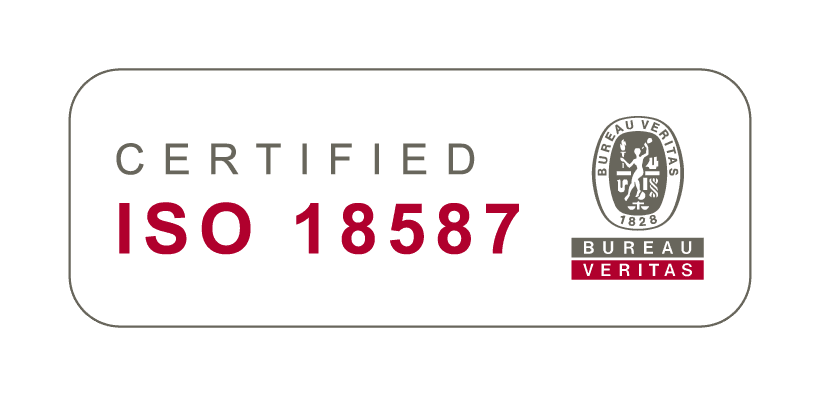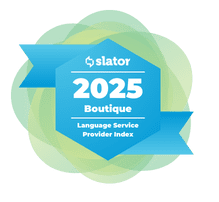Digital is the future of Health Care
Almost everything we do these days has gone digital, and healthcare has been no exception. With more than 5.07 billion internet users in the world, healthcare providers now see a clear potential for data-driven insights to improve how they deliver care.
By leveraging data from electronic health records (EHRs), wearables, and other digital health tools, healthcare providers can gain a more comprehensive view of a patient’s health and make more informed decisions about their care.
But the digitalization of healthcare doesn’t just mean more personalization. The goals are to improve access to healthcare, increase patient engagement, and ultimately improve health outcomes. This can include things like remote monitoring of vital signs, virtual consultations with healthcare providers, and the use of apps to track and manage chronic conditions.
Healthcare providers are better prepared for digital solutions
According to Harvard Business Review, before the pandemic, 81% of healthcare providers found it difficult to manage data across care settings, such as in the lab and in and out-patient settings. But things have changed dramatically since then.
The COVID-19 pandemic has accelerated the adoption of digital health solutions in Europe. Increased investment and government support have provided the perfect financial and regulatory ecosystem for digital health solutions to grow exponentially.
The Spanish health system has become one of the benchmarks of this technological revolution. The development of ICTs applied to health, especially since the outbreak of the pandemic caused by COVID-19, has increased the range of ehealth services such as the use of electronic prescriptions, making appointments using the internet, or accessing Electronic Medical Records (EMRs)
But the rise of digital health is a phenomenon that has been steadily growing over the years, even before the outbreak of the pandemic. Barcelona, for instance, experienced a tenfold increase in the number of digital health startups from 2010 till 2019.
Adapting digital health solutions to different audiences
One of the key challenges of marketing digital health solutions in overseas markets is making sure that they are culturally appropriate and sensitive to the specific needs of consumers and patients in different countries and regions or foreign-born populations, especially in big cities with a high share of foreigners like Madrid, Barcelona, Paris, London, or Milan.
This process is known as localization and typically involves specific cultural, linguistic, and regulatory aspects and can include things like localizing the user interface and content of a mobile health app or adapting a telemedicine platform to comply with local privacy and data protection laws.
Localizing digital health solutions can be a challenging task, as it requires expertise to accurately translate and adapt digital health materials.
How to successfully localize healthcare digital solutions
Successfully localizing healthcare digital solutions requires a comprehensive approach that takes into account both technical and cultural considerations.
Here, we’ve collected some key steps:
1. Gather requirements:
2. Localize user interface and content:
3. Test and validate:
Test the localized digital health solution with a sample of the target population to ensure that it is easy to use and understand. This will help to identify any issues that need to be addressed before the software is released.
4. Address cultural and regulatory issues:
5. Provide training and support:
Provide training and support for healthcare providers and patients to ensure that they can use this digital health solution effectively.






